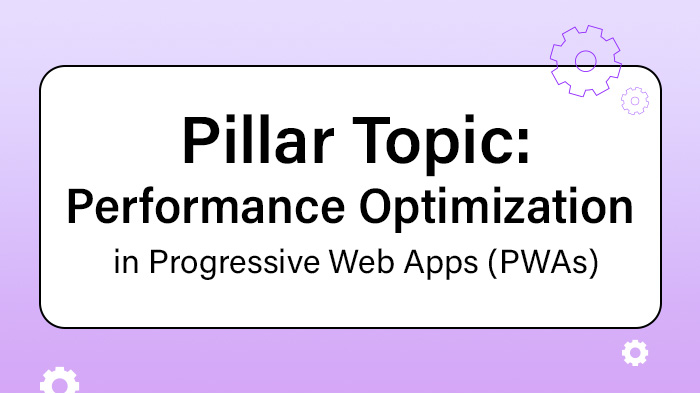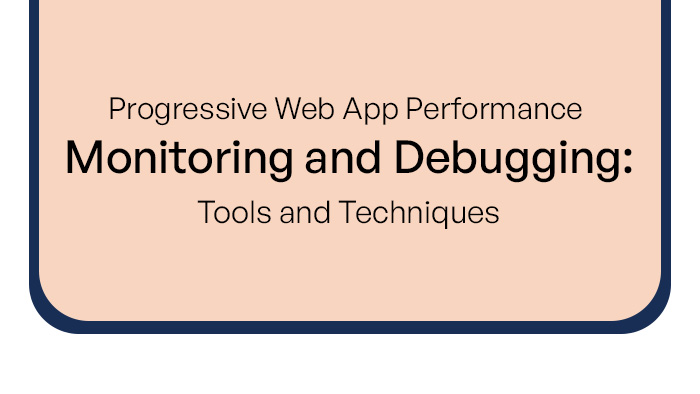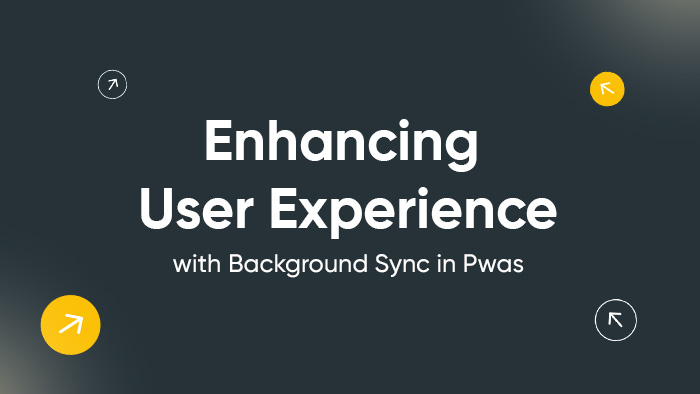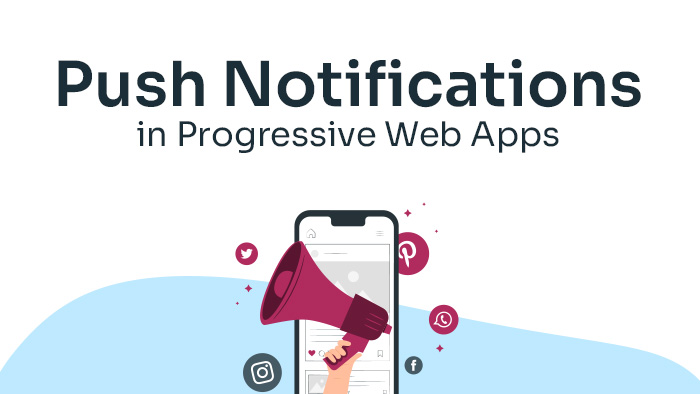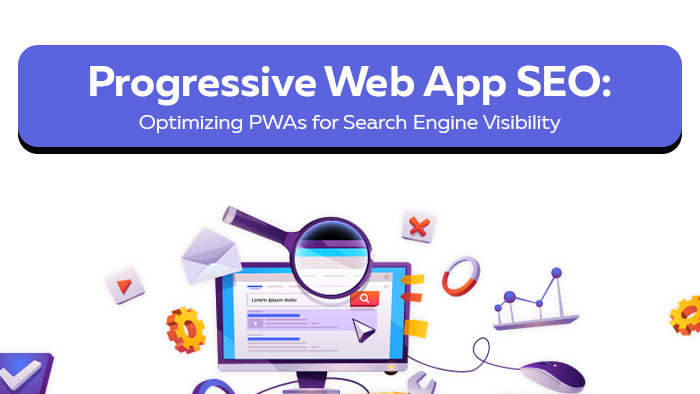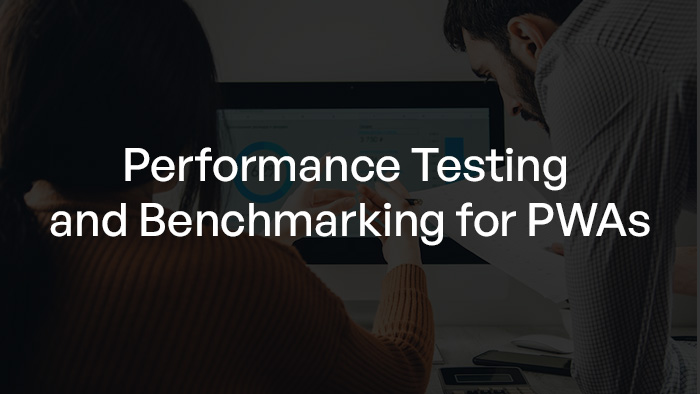
Performance Testing and Benchmarking for PWAs: Tools, Metrics, and Best Practices
One may argue that performance testing and benchmarking for Progressive Web Applications (PWAs) is a trivial matter, given the advancements in web technologies. However, this article aims to refute such claims by presenting a comprehensive examination of the challenges faced during PWA performance testing. By exploring essential tools, key metrics, and best practices, this study provides a detailed analysis of how to optimize PWA performance based on empirical data. Additionally, strategies for benchmarking PWAs and considerations for analyzing performance test results are discussed to ensure accurate and reliable measurements. Key Takeaways Performance testing for PWAs involves addressing challenges such as inconsistent behavior across devices and browsers, variations in visual layout, and accurately capturing JavaScript execution time. Key performance metrics for PWAs include load time, response time, rendering time, and resource utilization. Testing tools should be easy to use, compatible with platforms and browsers, support different testing techniques, and provide comprehensive reporting features. Best practices for performance testing and optimization of PWAs include defining clear performance
